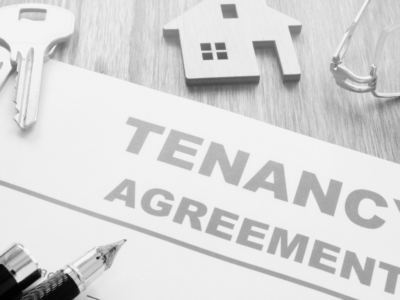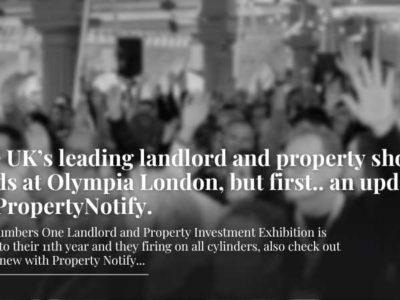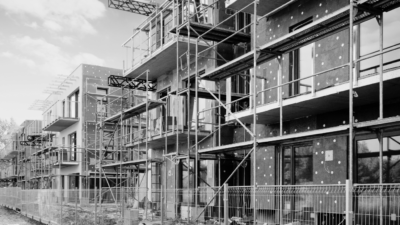Behind the grandeur of the four- and five- storey, large, Victorian homes in prime central London, lie quaint, quiet cobbled streets lined with Mews houses.
Originally built in the 18th and 19th century to house the horses, carriages and stable staff of the owners of their corresponding grand residence, today, they are among the most sought-after properties in prime central London.
Edward Aldersley, Managing Director of prime central London property specialist, Aldersley London, explains the pros and cons of these charming city homes and why their appeal continues to grow:
The Mews homes of today couldn’t be further from the realities of their original intended use, and today they are an increasingly popular choice of home for many HNW buyers looking for a quiet home in a prime location – ie the best of both worlds.
In fact, Mews homes have been a favourite amongst A-List celebrities in the capital for many years, with the likes of Michael Caine, Guy Ritchie and Madonna having previously owned and inhabited one.
Whilst they won’t necessarily reach the asking price of the neighbouring grand Victorian property, they can still command a serious purchase price – which was certainly evident in 2016 when the alleged ‘world’s most expensive mews’ sold for £24 million.
One of the many attractions of the Mews house is that most are offered for sale as freehold, as most are now independent residences in their own right, whereas a traditional apartment in a similar price bracket is likely to be offered as leasehold only or with share of freehold.
The other key attraction is their location – being typically found in the wealthiest areas, such as Kensington, Chelsea, Belgravia, Mayfair, Knightsbridge and Notting Hill.
The benefit they offer, perhaps above their grander, former owning residence, is that because they were tucked away at the back of the main street, accessed via a small, cobbled road and out of the way of the main houses, they tend to sit within a quiet cul-de-sac, which today provides a peaceful haven in amongst the hustle and bustle of the city surrounding them.
There can however be some drawbacks to a Mews house, depending on how it’s been developed over the years and depending on personal preference.
Being intended for staff, the homes in their original form would have housed the horses or carriages on the ground floor and the living quarters on the upper floors, with the back of the property sometimes having very few or no windows at all to maintain the privacy of the owners occupying the corresponding grand home.
This means the property could often be a little dark inside, with lack of natural light.
The ceiling heights were also less likely to be high in comparison to the main house, making the property overall feel smaller, they would often have little to no traditional period features, leaving very little charm in comparison to the main residence and, in most cases, there would be no garden or outdoor space.
However, these cons are easily outweighed, and often even removed, in some of todays modernised Mews houses.
Whilst green space doesn’t traditionally come with the property, the homes are often close to green spaces such as Hyde Park or Holland Park, and despite many of them being in conservation areas, some have obtained planning permissions to build roof terraces or balconies, the use of large skylights at roof level and the addition of windows at the rear.
Furthermore, whilst their exteriors are subject to local authority and conservation area regulations there can be little preventing interior refurbishment – as such the modernised Mews home of today can be completely unrecognisable to its original format, with some being completely reconfigured.
So, whilst they may not hold all the traditional charm and high ceilings of a grand Georgian of Victorian home, they can offer a spacious, well laid out and highly modern alternative, full of high spec features and fittings to attract the most discerning of buyer.
Princes Gate Mews in South Kensington is a prime example of this. Double fronted and retaining its original façade, the interior has been fully refurbished to make the best use of the space and allow light to flood through the entire property, with the benefit of a balcony and private terrace off the principal bedroom.
Such is the use of space, a workout studio has also been seamlessly incorporated, and to further promote wellbeing, a living wall has also been installed within the private terrace.
Overall, if you’re a buyer in the market in prime central London and are looking for a quiet haven in the heart of the city, you can get an abundance of charm and space for your money with a Mews house, with more potential freedom to mould its interior completely around your own personal preference and lifestyle than any other house type in prime central London.





















Comments